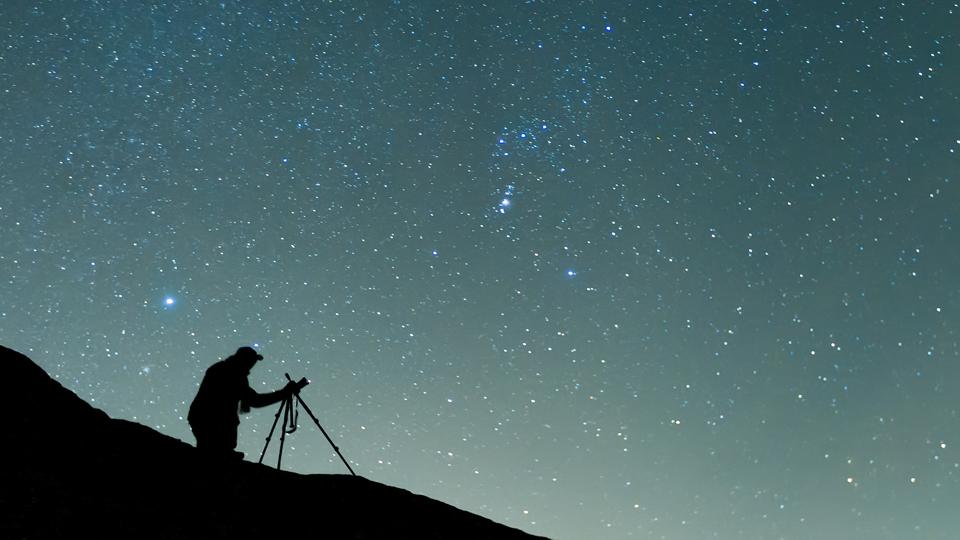Since the original introduction of the Celestron and Meade SCT several decades ago, it became clear that compact catadioptrics would become market leaders in mass-produced serious astronomical telescopes. The modern mass-produced Schmidt Cassegrain offers some advantages over the equivalent aperture refractor or Newtonian. It is smaller and more compact than either, offers certain practical photographic advantages over the Newtonian, exhibits no chromatic aberration seen in achromatic refractors, is generally far less expensive than the similar aperture refractor, does not suffer the same problems with tube currents seen in Newtonians, does not exhibit coma like a short f/ Newtonian, generally has a flatter field than a short f/ achromatic refractor or Newtonian and is more portable and transportable than either.
The one area where mass-produced SCTs do not match well-made Newtonians or refractors is image contrast, and here is arguably the most important area of all.
To enjoy the benefits of a compact catadioptric as well as the optical quality normally associated with apochromatic refractors and high-performance Newtonians requires the use of the Cassegrain system corrected by the Maksutov meniscus. Earlier Maksutov Cassegrain designs employed a silvered central spot on the inside of the Meniscus that served as the secondary mirror. This design popularised by John Gregory is still in use in some well known Maksutovs.
One variation of the Maksutov Cassegrain is the Rumak (Rutten Maksutov). This design uses a separate secondary mirror, giving the designer freedom to calculate a surface that provides a flatter photographic field than a Gregory, with more aberration correction. (A similar level of correction is achievable with an f/20 SCT, but the compact design is then lost). Astrophotographers report superior results with Rumaks, and visually these instruments are notably superior, with superior low-level contrast and greater usable magnifications.
The central obstruction (although not as large as the f/10 SCTs) is typically around 33% for an f/10 or f/12 Rumak.
The optical quality of all Intes-Micro Maksutov Cassegrains is the finest available. Every telescope up to 12 in aperture has a minimum wavefront error of 1/6th, with the availability of 1/8th wavefront error models on request. 12, 14 and 16 models have wavefront errors of _ to 1/5th. Strehl Ratio (a more important method of describing an optic) is typical. 94 and above, far superior to the mass-produced catadioptrics and Newtonians familiar to amateur astronomers.
The mirror focus system designed by Intes-Micro ensures that there is zero mirror shift during focus. This problem has plagued mirror focus catadioptrics for decades, particularly problematic for focussing during astrophotography or CCD work.
The tube assemblies themselves are robust and well engineered. The I-M designers have considered the question of internal reflections and included a series of knife-edge baffle rings internally spaced, to combat this problem.
Of particular interest are the f/15 models available. Both 7 and 8 versions boast a central obstruction of only 24%. The deluxe models (1/8th wavefront error) offer serious competition to many 6 apochromatic refractors for planetary performance and feature Astrosital primaries (as do all deluxe models of I-M Maksutov Cassegrains). I am particularly keen on the 1/10th wavefront error 7 f/15 that are offered on special request. This I believe to be the finest Maksutov of its type and aperture in the world. It is lightweight and compact enough to be manageable by any amateur and provides stunning deep sky, lunar and planetary images.
There are the special offers, each Intes-Micro Maksutov Cassegrain with a selected range of useful accessories included in the price. Each telescope up to 8 aperture is complete with a soft padded carry case (above 8 a wooden case is provided), an I-M 2 SCT thread mirror star diagonal with 95% reflectivity (optical quality is minimum 1/10th wavefront), with 1 _ adapter, a 1 _ 12mm 70 degree I-M eyepiece, an I-M X0. 55 SCT thread telecompressor, a piggy-back platform base and a finder bracket for a 50mm finder.
a.) The dew shield offered by I-M is well made but simply not long enough to be effective in heavy dew conditions, and the stock finderscopes offered by I-M are not to the same standard as the telescopes;
b.) The 2 diagonal and telecompressor are much more useful to the user, and of comparatively much higher quality and value than a dew shield and small finder). This now leaves the customer the freedom to select a higher quality finder such as the Takahashi 7X50, TAL 8X50, Antares 8X50 RA et al. Bray Imaging also manufacture lightweight dew shields of a length at least 2. 5X the aperture of the telescope, and can be requested as an optional extra.
Intes-Micro Maksutov Newtonians are also already justifiably famous for their superb image quality. Models range from the lightweight 5 f/6 to the 16 models. All have central obstructions of below 20% and give refractor-like image stability because of the closed tube. Although not ideal for wide field photography, the MN series will all rival apochromatic refractors for image contrast, and this can be seen in deep sky images as well as extended detail such as the moon and planets. All standard models up to 10 are around f/6. Two f/8 versions (6 and 7) boast a tiny 13% central obstruction, below the 15% limit noted by Horace Dall, as the point at which noticeable image modification is made by a secondary obstruction. This company offers a special version of the 7 f/8 with side mounted the cooling fan and a JMI Crayford focuser.
These I-M instruments represent the fruits of the Russian obsession with the Maksutov. There are many Mak-sort-of cheaper copies on the market, but as has been true for decades, no one builds Maks like the Russians.

